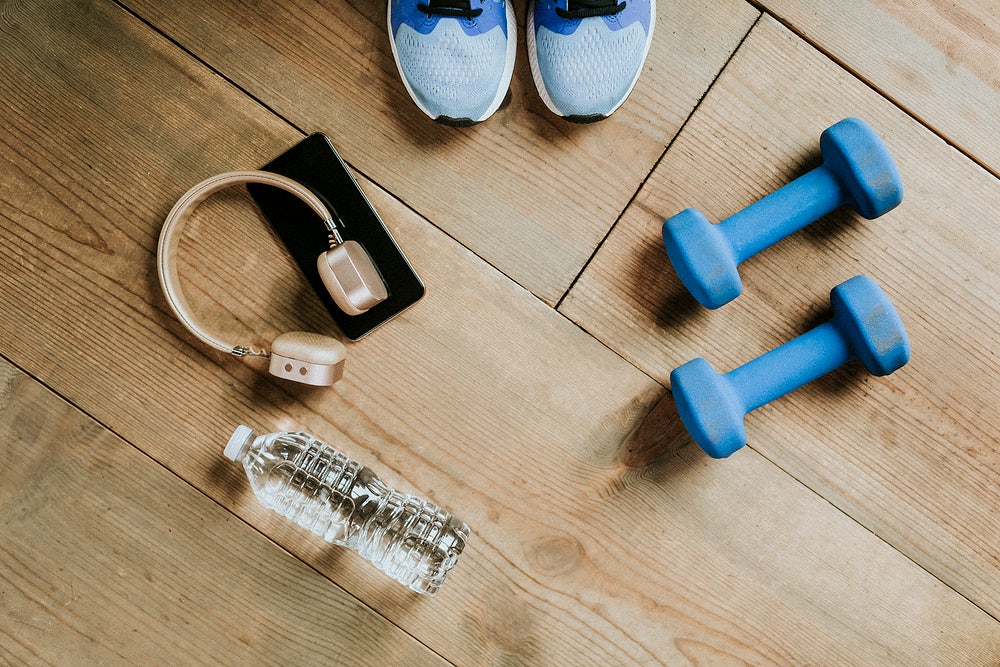
Are Steady and Low-intensity Workouts Better for Burning Fat?
Have you heard the advice:
“Do more steady and long cardiovascular exercise for burning more fat”?
Yes? Well, that statement is not wrong completely. But it is more to add to that equation than simple long and steady and low-intensity workouts.
Let’s start by understanding how our body utilizes energy. Food has calories and calories are the unit of energy that your body breaks down and metabolizes. This energy takes three forms: carbohydrate, fat, and protein. We call these macronutrients and we need them to supply energy and rebuild. The two preferred sources of energy are carbohydrates and fat.
Carbohydrates are the body’s immediate source of energy. Without too many details carbohydrates are broken down as glucose or glycogen. Glucose is the immediate way that our body uses. Glycogen is the way that is stored in the liver or muscle fibers to be released when needed. For example, when you start exercising and your glucose is depleted then glycogen is converted to glucose to be used.
Carbohydrates are a highly efficient way of fuel for our workouts and it is considered vital during high-intensity exercises.
Fats are the second body’s source of energy. Fats are more concentrated and are stored in the muscle fiber for energy in the form of triglycerides in adipose or fat tissue to be broken down to fatty acid when needed. Because this way of fuel is more concentrated it takes longer (relatively with glycogen) to supply your body.
Fats are great to fuel low to moderate-intensity workouts. It aids endurance by supplying energy when the glycogen reserves are empty.
Now that you have a better idea on how your body uses its sources of fuel you can understand how your workouts can help you to get rid of unwanted fat storage.
Let’s get back to the statement above. Judging by how our body uses fuel it is a fact that at longer steady workouts burn more energy from fats. However, keep in mind that research supports that for you to lose weight you need to create a calorie deficit. This means you have to expend more calories than you consume. Here is when a high-intensity workout it is more efficient to increase your calories burn and support a healthy calorie deficit. High-intensity workouts are shorter and burn more calories (from glycogen and fats) during and after exercising.
“After exercise, an individual burns more energy. we use this energy primarily for muscle cell recovery and glycogen replacement with the muscle. This elevated metabolic rate is termed excess post-exercise oxygen consumption (EPOC). EPOC appears to be greatest when exercise intensity is high (Sedlock, Fissinger, and Melby, 1989). Comparatively, fatty acid use during high-intensity bouts of exercise such as HIIT and resistance training may be lower as compared to moderate-intensity endurance training; however, high-intensity exercise and weight training may make up for this deficit with the increased fatty acid oxidation through EPOC.”
Final thoughts
If your goal is to get rid of unwanted fat storage it is convenient to create a balanced exercise program with high-intensity and low-intensity workouts. Over time a consistent calorie deficit frees fat from fat cells to convert to energy. As this process continues body fat stores are going to be reduced, leading to changes in your body composition.
Having a professional to design your exercise program will help you to avoid burnout. It will also help you increase the efficiency of your body to burn calories.
Sources:
The Psychology of Fat loss by Mike Deyhle, Christine Mermier, Ph.D. and Len Kravitz, Ph.D.
Sedlock, D.A., Fissinger, J.A., and Melby, C.L. (1989). Effect of exercise intensity and duration on postexercise energy expenditure. Medicine and Science in Sports and Exercise, 21(6), 662-666.



